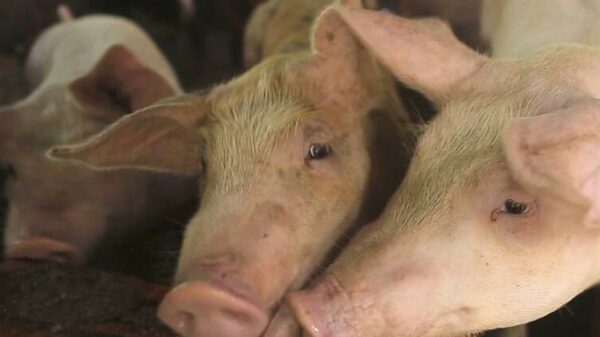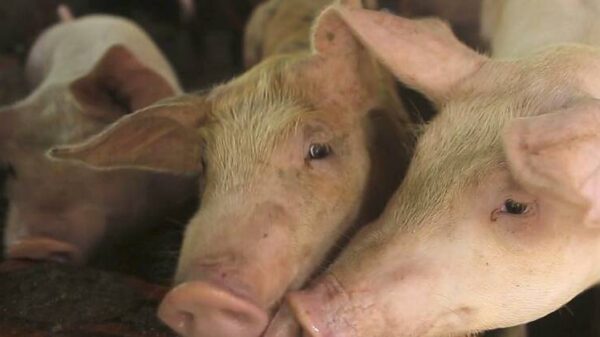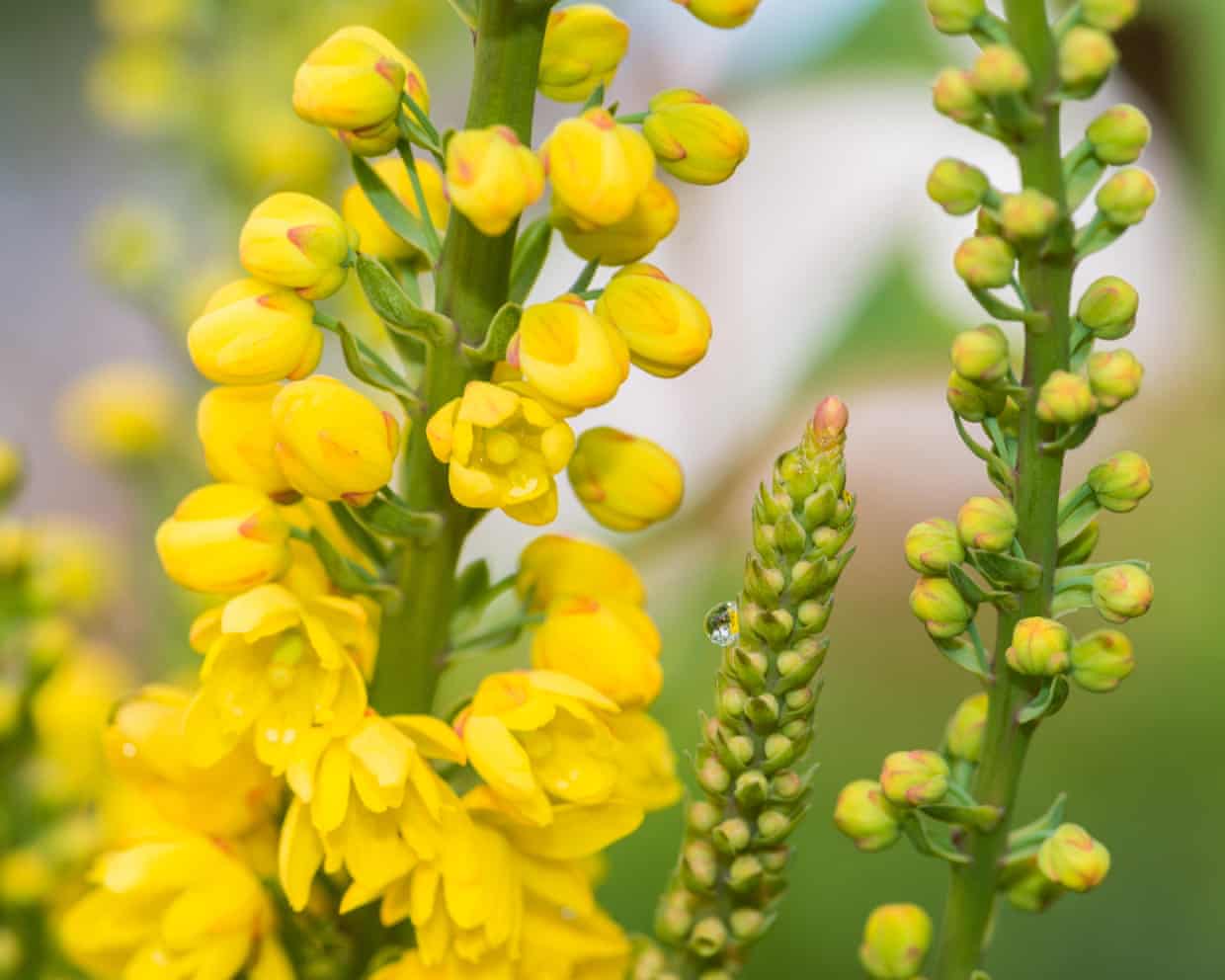Flowers exhibit remarkable adaptations to ensure effective pollination, utilizing intricate mechanisms involving their male parts, known as stamens. Research indicates that hundreds of plant species have developed touch-sensitive stamen movements that enhance their reproductive success. This unique approach allows flowers to strategically manage their nectar and pollen resources while ensuring that visiting insects contribute to cross-pollination.
One striking example is the interaction between insects and the flowers of Berberis and Mahonia. These plants have evolved to use aggressive stamen movements that can surprise unsuspecting pollinators. As an insect approaches to feed on the nectar, the stamens bend and release pollen, effectively smothering the insect’s face or tongue. This startling experience often prompts the insect to make a brief visit, minimizing the time spent on the flower and conserving the flower’s resources. The insect then transfers the pollen to another flower, facilitating cross-pollination.
The Catasetum orchids take this strategy to an even more dramatic level. When an insect lands on these flowers, it encounters a rapid and forceful release of sticky pollen bags. These bags are propelled outwards at high speed, often knocking the insect backward while adhering the pollen to its body. This aggressive method ensures that the pollen is effectively transported to other flowers, enhancing the plant’s reproductive chances.
Australian triggerplants, or Stylidium, showcase yet another fascinating adaptation. Their reproductive structures feature a club-shaped organ that swings rapidly through a full 180 degrees in just 10 milliseconds upon contact. This swift action smacks the visiting insect with pollen, while simultaneously receiving any pollen the insect may have brought from another flower. Once the interaction concludes, the trigger mechanism resets promptly, preparing for the next pollinator.
These fascinating interactions highlight the complex relationships between plants and their pollinators. By employing various strategies to control pollen distribution and nectar availability, flowers optimize their chances of successful reproduction. Each of these mechanisms not only showcases the ingenuity of plant evolution but also emphasizes the crucial role that pollinators play in sustaining diverse ecosystems.
Such adaptations are vital for the survival of many plant species, making the study of these interactions significant for understanding biodiversity and ecosystem health. As researchers continue to explore these intricate relationships, the surprises that flowers have in store for their pollinators reveal the sophistication of nature’s designs.





























































